When using a jaw crusher machine for processing materials like iron ore, various issues can arise that may impact the efficiency and effectiveness of your operations. Here are six common problems you could face when using a jaw crusher machine and ways to avoid or mitigate them.
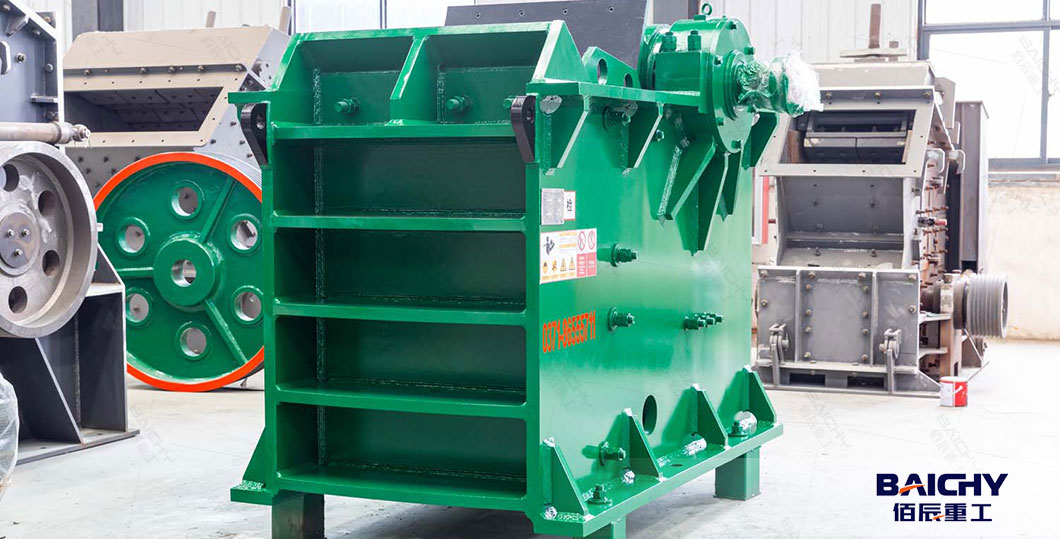
1. Excessive Wear of the Jaws
Problem:
-The jaws of a jaw crusher are subject to significant wear due to the abrasive nature of the materials being crushed. Rocks and ores constantly rubbing against the jaws can cause them to wear down over time. For example, when crushing quartz - rich materials, the high silica content can accelerate the wear process as silica is a hard and abrasive substance.
Avoidance:
-Use high - quality, wear - resistant materials for the jaws. Manganese steel is a popular choice as it can withstand the abrasive forces. Regularly inspect the jaws for signs of wear and replace them when necessary. Also, optimize the feed size of the material. If the feed contains oversized particles, it can cause uneven wear on the jaws. Ensure that the crusher is fed with material within the recommended size range to distribute the wear more evenly.
2. Jamming of the Crushing Chamber
Problem:
-Irregular - shaped or oversized feed materials can jam the crushing chamber. This can happen if the material gets wedged between the moving and fixed jaws, preventing the normal operation of the crusher. For instance, if a large boulder that exceeds the maximum feed size enters the crusher, it can block the movement of the jaws.
Avoidance:
-Install a grizzly feeder or a vibrating screen before the crusher to screen out oversized materials. This will ensure that only materials within the proper size range enter the crushing chamber. Additionally, maintain a consistent feed rate. Avoid sudden surges of material that could cause blockages. A properly designed and adjusted feeder can help in maintaining a steady flow of material into the crusher.
3. Inadequate Crushing Capacity
Problem:
-The jaw crusher may not be able to handle the required throughput if the material is too hard or the feed rate is too high. For example, if the jaw crusher is designed to handle a certain hardness of material, such as limestone, but is fed with much harder granite at the same rate, it may not be able to crush the material effectively, leading to a decrease in crushing capacity.
Avoidance:
-Match the jaw crusher's capacity and hardness - handling capabilities to the material being crushed. Before starting a crushing operation, conduct tests to determine the hardness and abrasiveness of the material. Based on these tests, select a crusher with an appropriate power rating and jaw design. Also, adjust the feed rate according to the crusher's recommended capacity. Monitoring the crusher's performance and making adjustments as needed can help maintain an optimal crushing capacity.
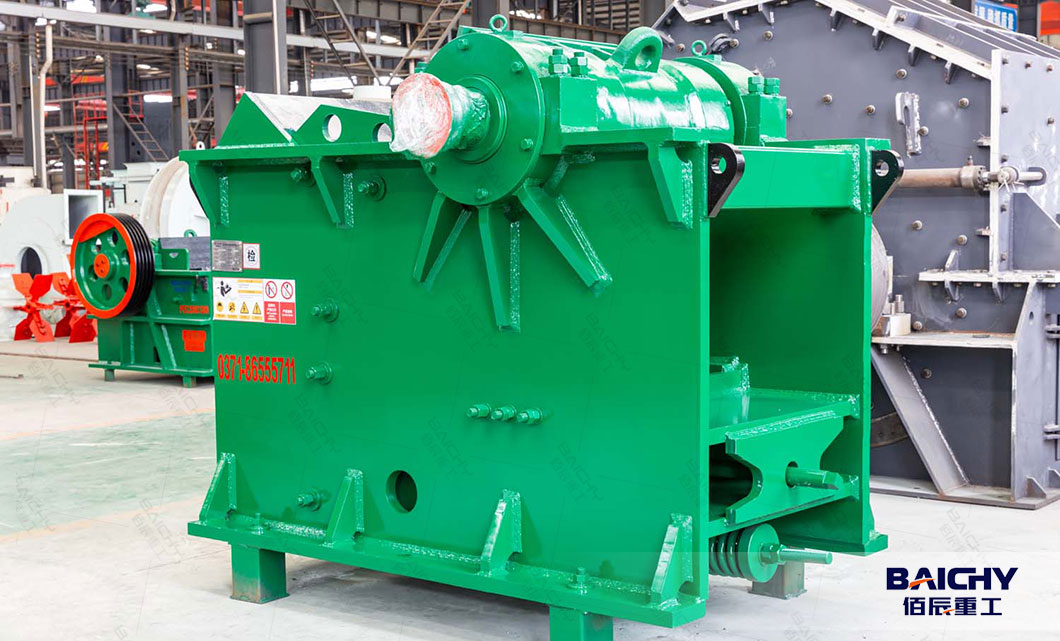
4. Excessive Vibration and Noise
Problem:
-Vibration can occur due to unbalanced moving parts, worn - out bearings, or improper installation. Excessive noise is often a result of the impact of the material on the jaws and the chamber walls. High vibration levels can damage the crusher and its surrounding structures, and the noise can be a nuisance and a safety hazard for workers.
Avoidance:
-Regularly inspect and maintain the bearings to ensure they are in good condition. Balance the moving parts of the crusher during installation and routine maintenance. Install vibration - damping pads under the crusher to reduce the transmission of vibrations to the floor. For noise reduction, use sound - insulating enclosures around the crusher. These enclosures can absorb and deflect the noise generated during operation.
5. Dust Generation
Problem:
-Crushing operations can generate a significant amount of dust, which is a health and environmental hazard. The dust is produced as the material is broken down into smaller particles. If the material is dry and friable, the dust problem can be more severe.
Avoidance:
Install a dust suppression system such as a water spray system at the crusher's feed and discharge points. The water spray can help to moisten the material and reduce the amount of airborne dust. Additionally, use a dust collection system, like a baghouse or a cyclone separator, to capture the dust that is generated. Ensure that the work area is well - ventilated to disperse any remaining dust.
6. Inefficient Discharge of Crushed Material
Problem:
-The crushed material may not discharge properly from the crusher, leading to a backup of material inside the crusher. This can be caused by a blocked discharge chute, improper conveyor design, or the presence of fines that clog the discharge opening.
Avoidance:
-Regularly inspect and clean the discharge chute to prevent blockages. Design the conveyor system to have an appropriate slope and width to ensure a smooth flow of the crushed material. If fines are a problem, consider installing a screening device after the crusher to separate the fines from the larger particles. This can help to prevent the fines from clogging the discharge opening and improve the overall discharge efficiency.
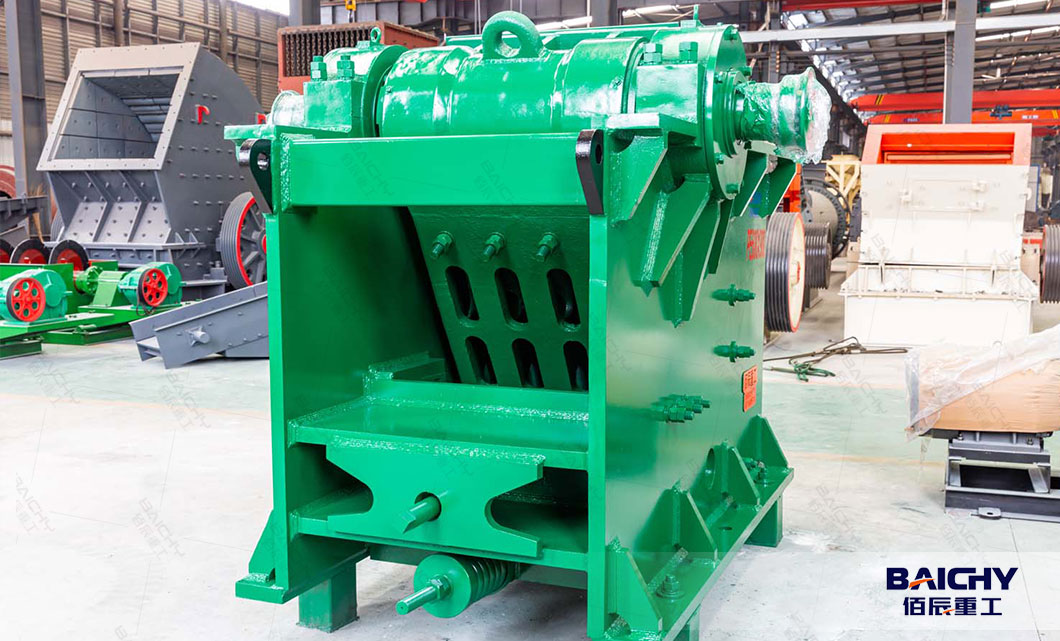
By proactively addressing these common problems and implementing preventive measures, you can avoid or minimize downtime, improve the efficiency of your jaw crusher operations, and extend the lifespan of the equipment. Regular maintenance, proper operation practices, and monitoring are essential to ensuring the smooth and efficient operation of a jaw crusher machine.








 2025-05-07
2025-05-07
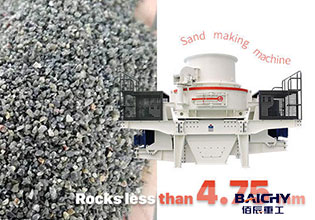


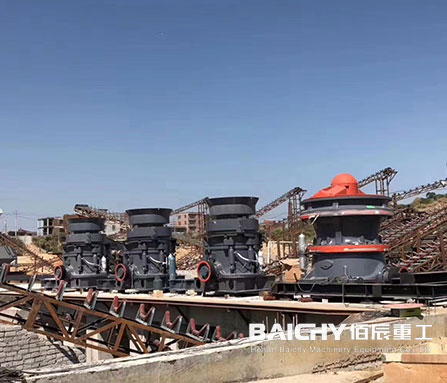
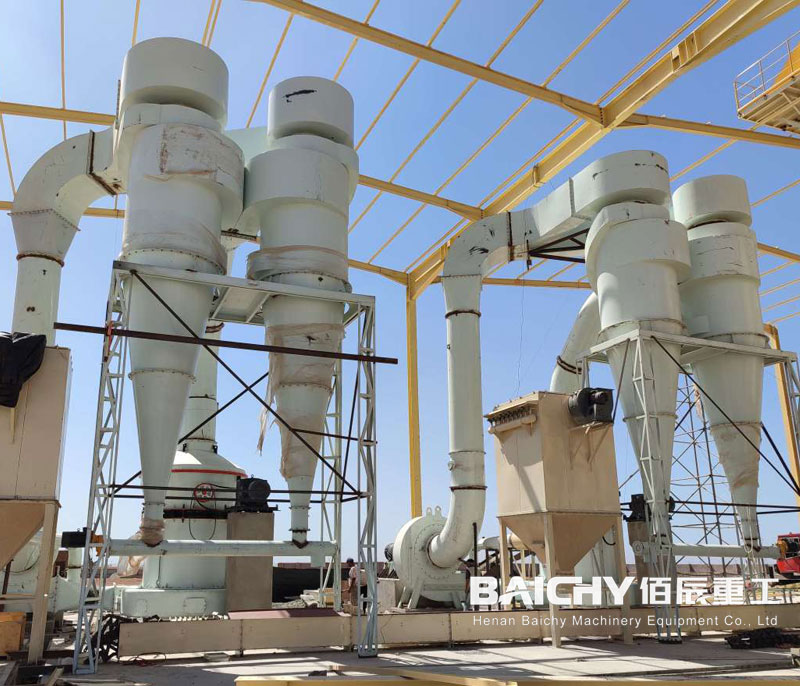
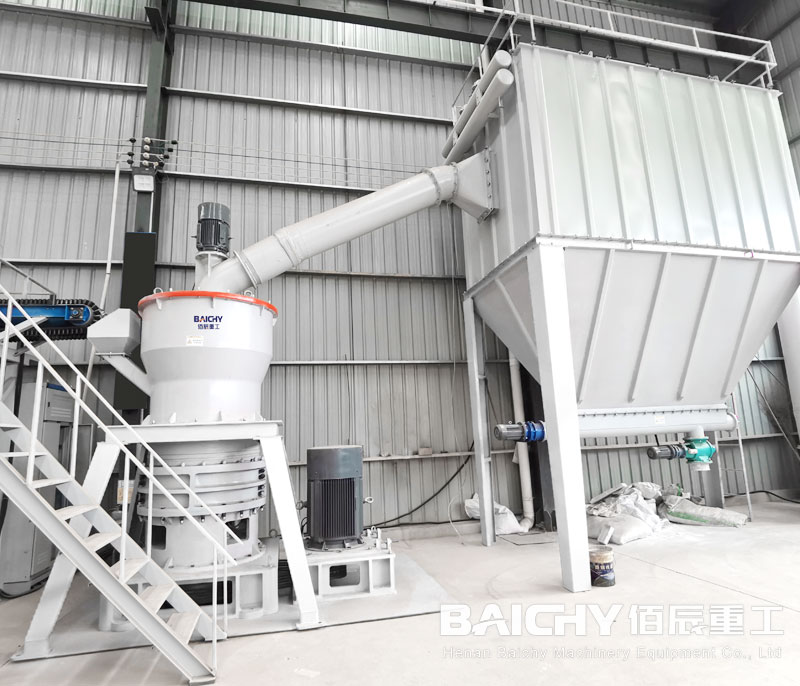
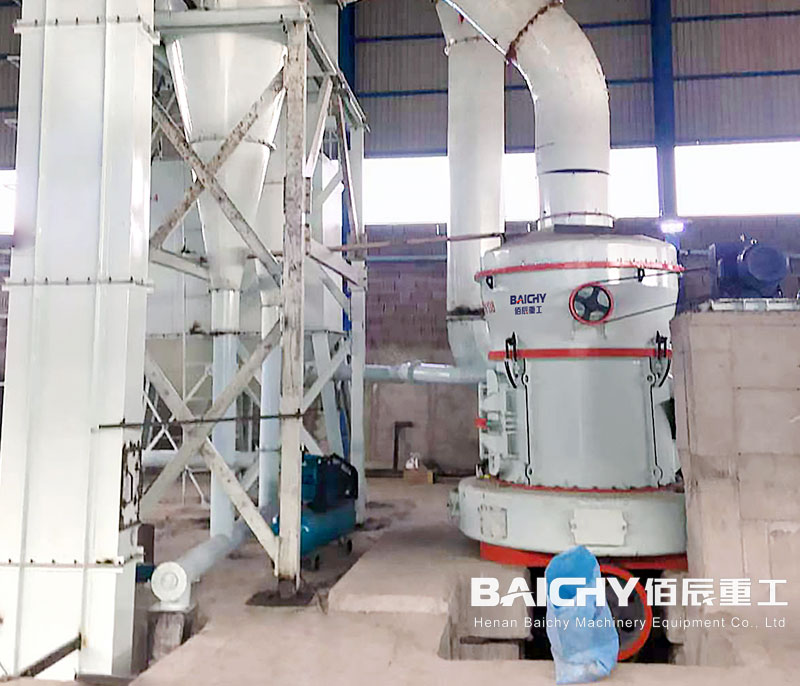














 86-15093113821
86-15093113821
 86-15093113821
86-15093113821

